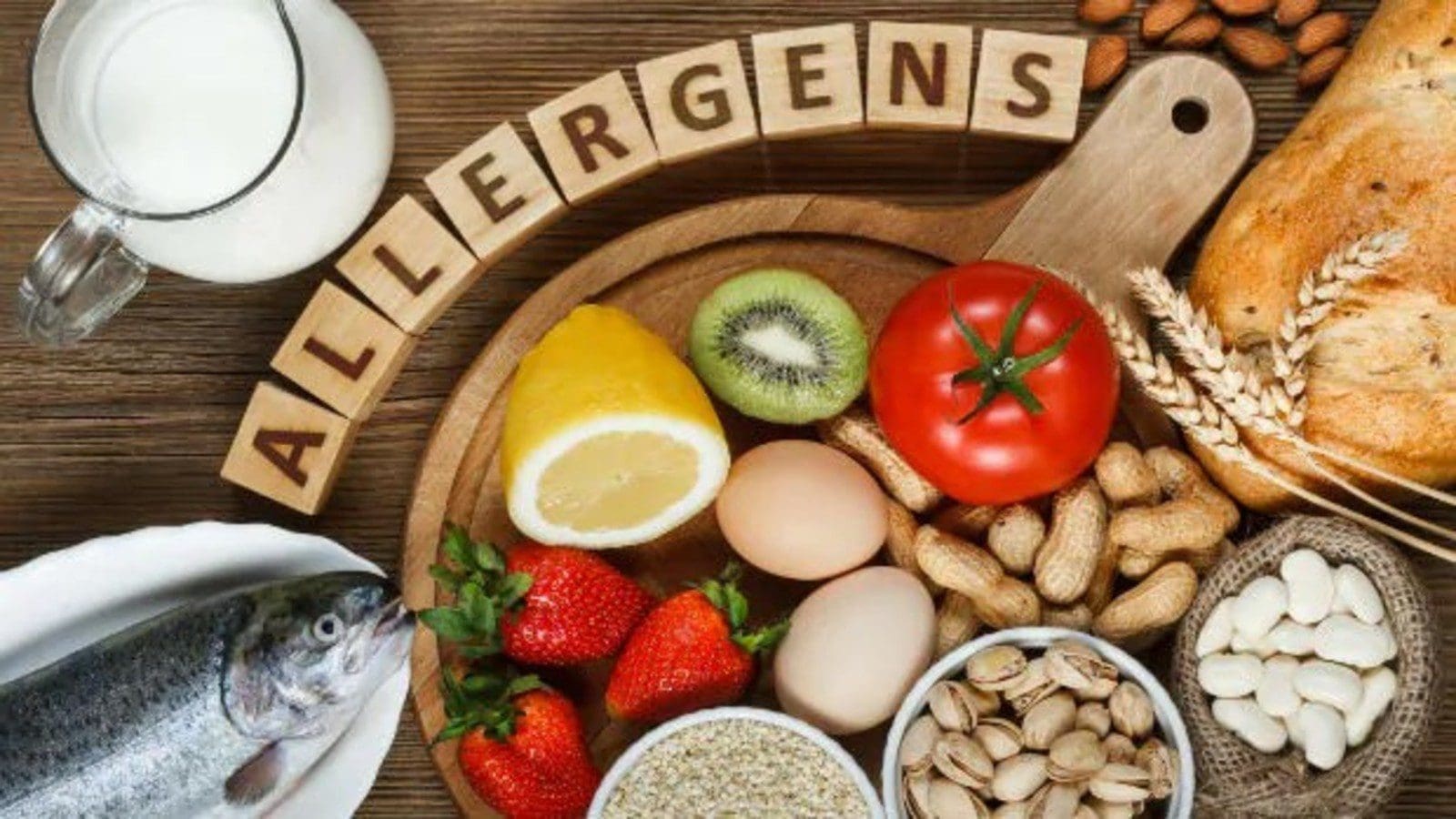GLOBAL – The Food and Agriculture Organization has published the threshold levels in foods of the priority allergens arrived at in the second in a series of three meetings of an ad hoc Joint FAO/WHO Expert Consultation on Risk Assessment of Food Allergen.
The meeting was held from 15 March to 2 April 2021. An Expert Committee, comprising scientists, regulators, physicians, clinicians and risk managers from academia, government and the food industry were selected to participate in the second meeting of the FAO/WHO Expert Consultation on Risk assessment of Food Allergens.
“The most recent meeting was an important next step in the process. Not only have the experts prioritized which foods need the most attention, but now the experts have recommended threshold amounts of these allergens that would likely cause problems for allergic consumers if they were eaten. This information will provide the foundation to inform risk management and risk mitigation strategies to protect the public.”
During their first meeting, which began in December 2020, the Ad hoc Joint FAO/WHO Expert Consultation on Risk Assessment of Food Allergens recommended to Codex Alimentarius Commission, the body responsible for establishing international standards for food safety, that nuts, wheat, milk, eggs, sesame, fish and shrimp should be considered as allergens and listed on food packaging labels.
Establishing thresholds constitutes a critical first step to assessing the risk from allergens, as they are a characteristic of the hazard that allergens present to the food-allergic population. Their establishment is thus essential to evidence-based application of risk management and mitigation strategies, such as Precautionary Allergen Labelling (PAL), which are a focus of the Terms of Reference (ToR) for the third meeting.
The Expert Committee followed the ToR as formulated, except that they considered the list of priority allergens decided at the first meeting of this FAO/WHO Consultation. The ToR clearly signaled that the Codex Committees looked to define threshold levels that were Health-Based Guidance Values (HBGV).
The reference doses (RfD) recommendation for walnuts, cashew and almonds were both 1mg total protein from the allergenic source excluding hazelnut which was 3mg and peanut 2mg. Wheat and fish were both 5mg while shrimp had the highest dose of 200mg. The experts were unable to come up with RfDs for milk and sesame and recommended a further analysis of data before drawing a conclusion.
The Expert Committee concurred that the principle of establishing a Benchmark Dose without the application of a Margin of Exposure and the Probabilistic Hazard Assessment approach most closely aligned with the charge.
In addition to establishing the threshold values, the committee also reviewed the information about currently available diagnostic tests to detect allergens in food and the food processing environment to ensure that food manufacturers and regulators have at their disposal the analytical tools and tests to be able to detect the low levels of allergens that could be problematic.
The final meeting in the series, scheduled for October 2021, will be about communicating with the consumer – how to use PAL on pre-packaged foods to let the consumer know a product may contain a substance they are allergic to.
Liked this article? Subscribe to Food Safety Africa News, our regular email newsletters with the latest news insights from Africa and the World’s food safety, quality and compliance. SUBSCRIBE HERE








